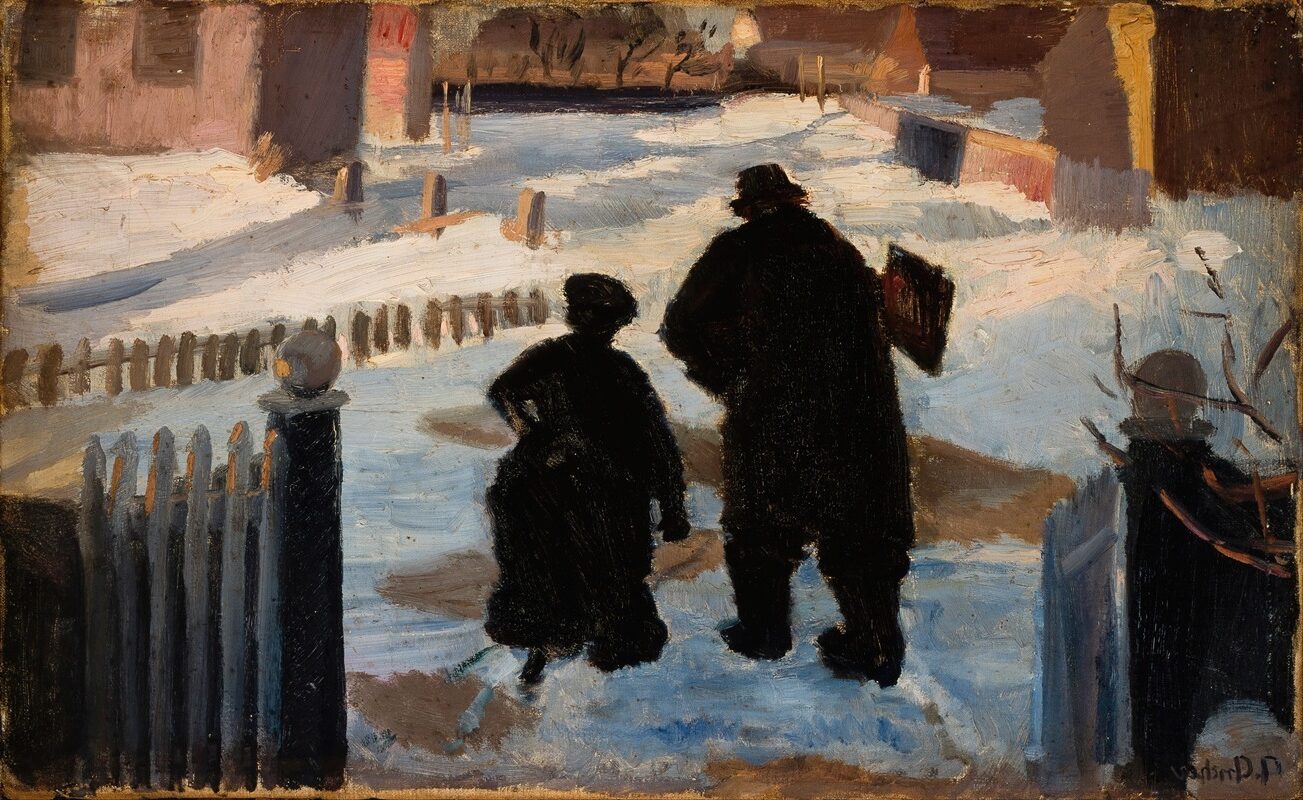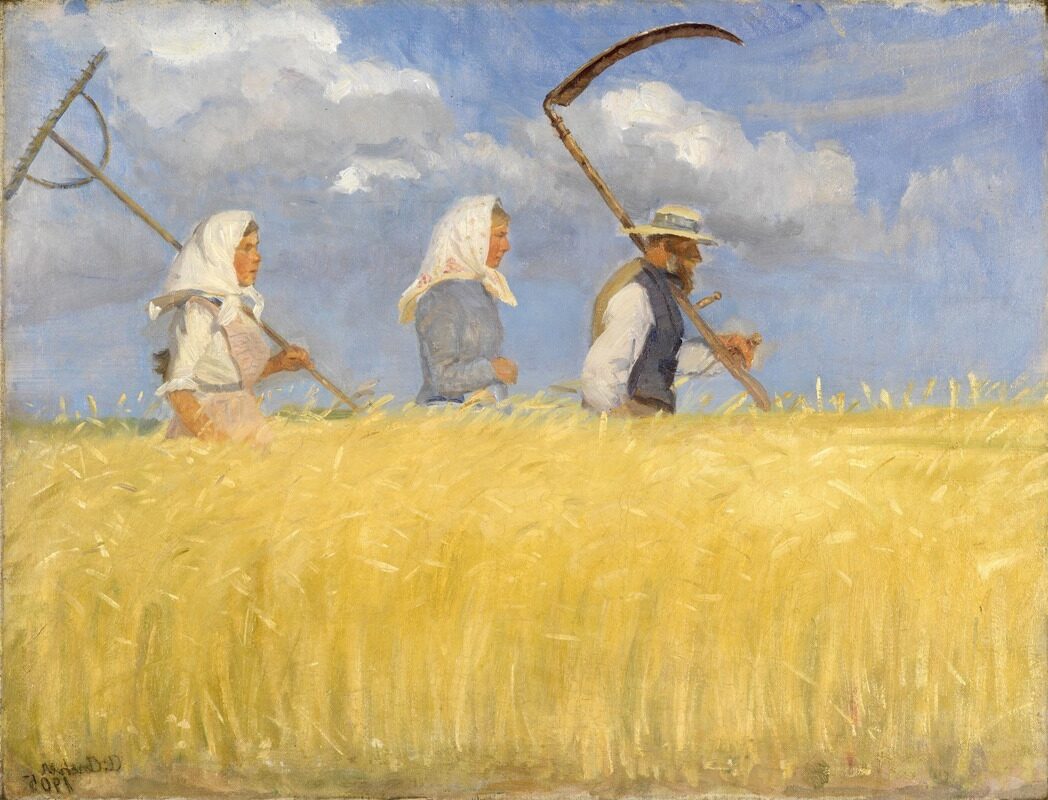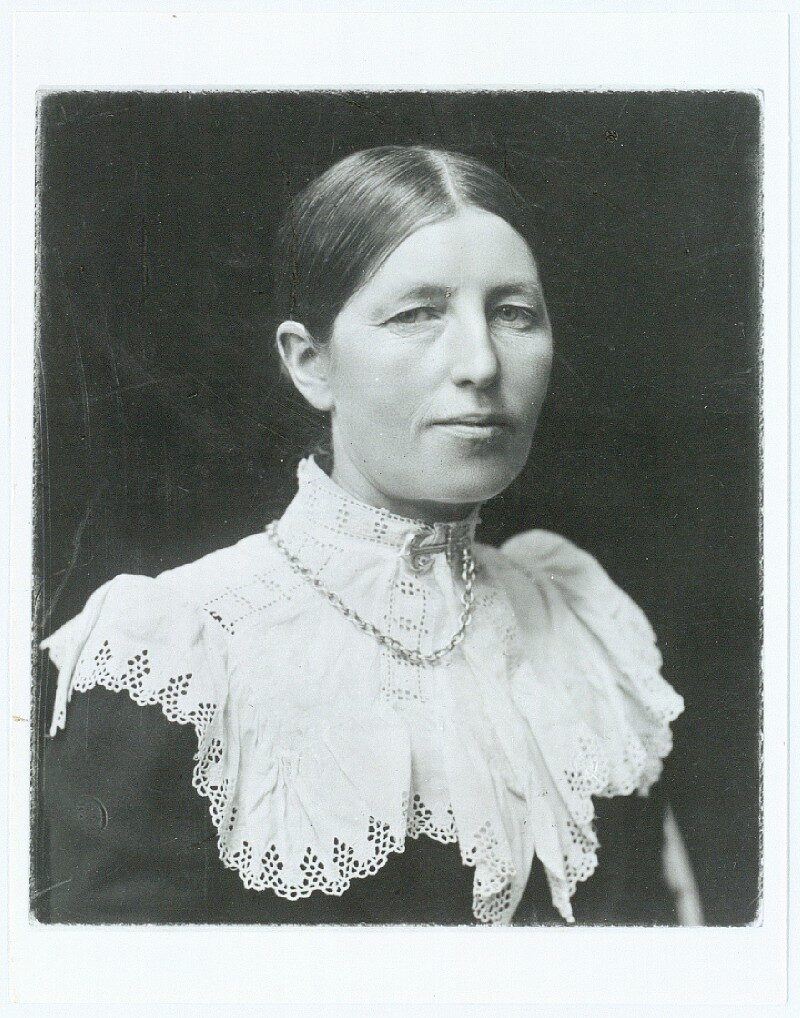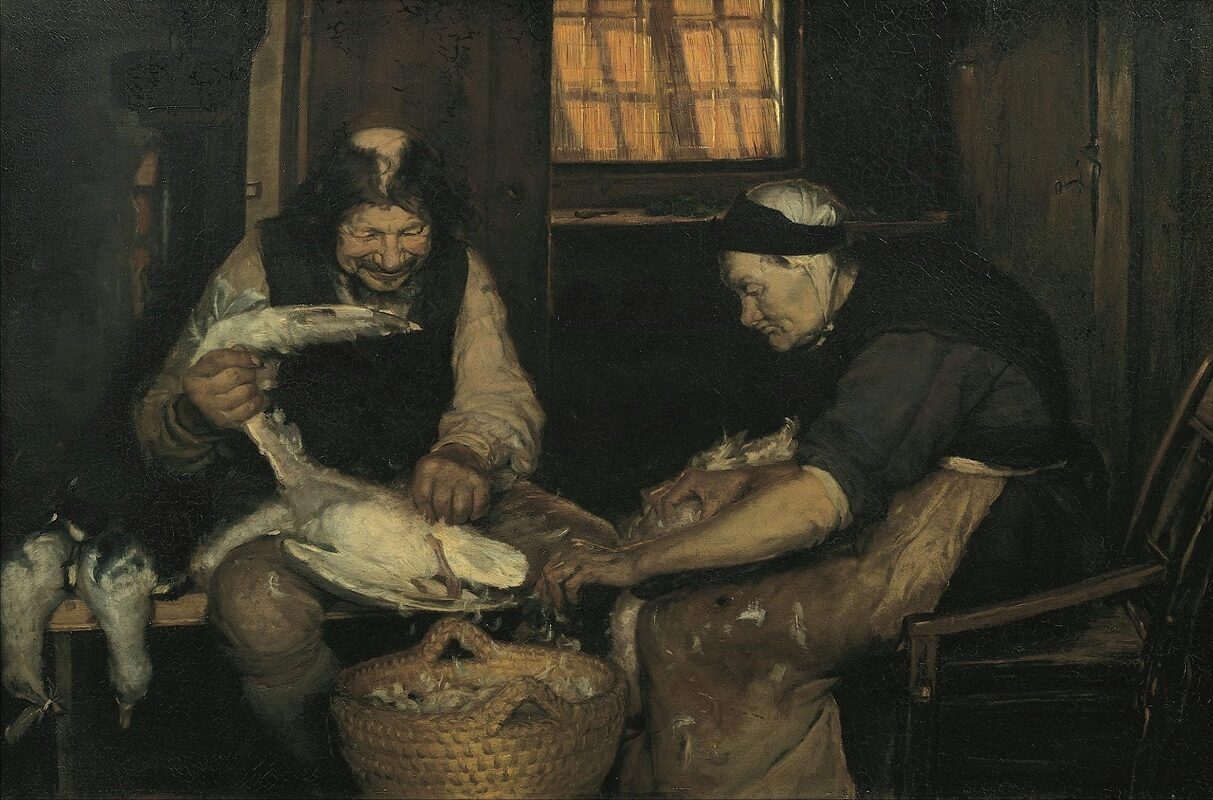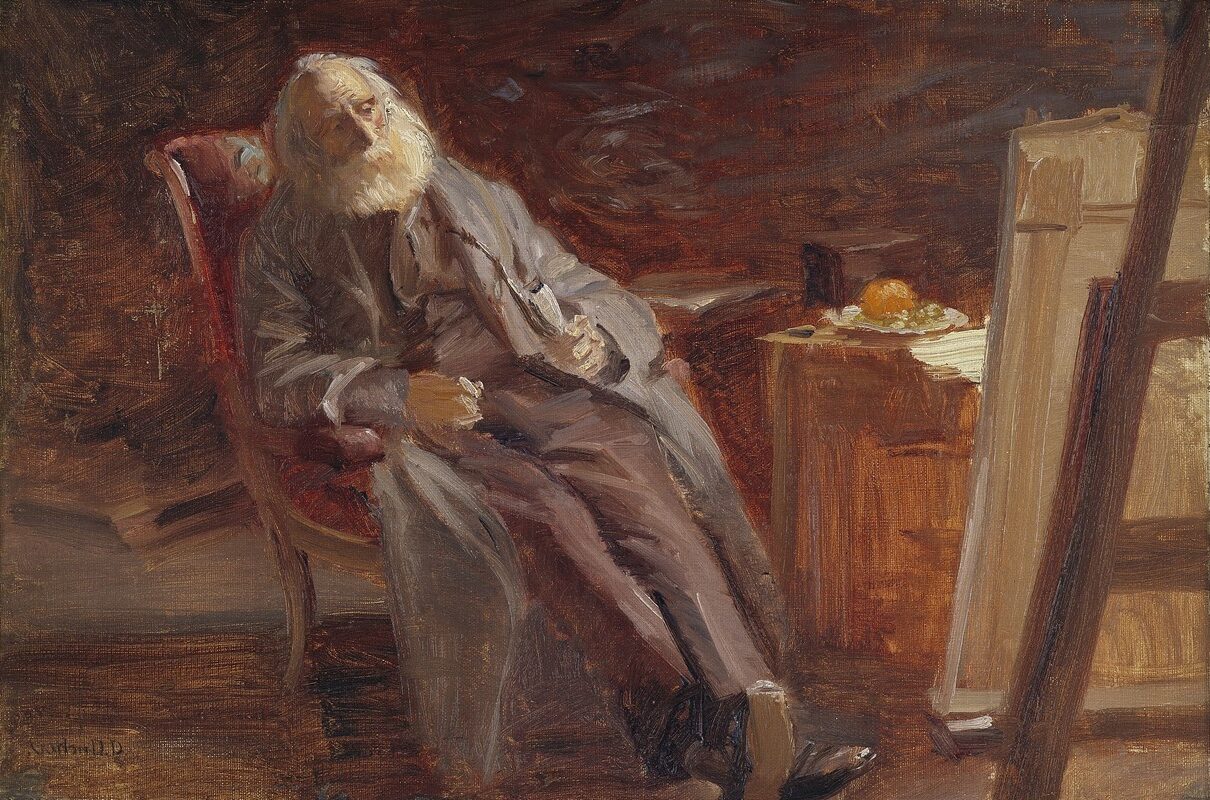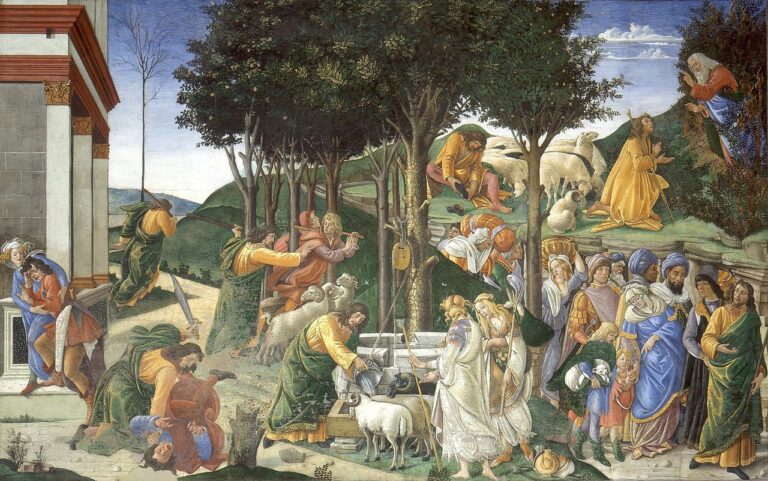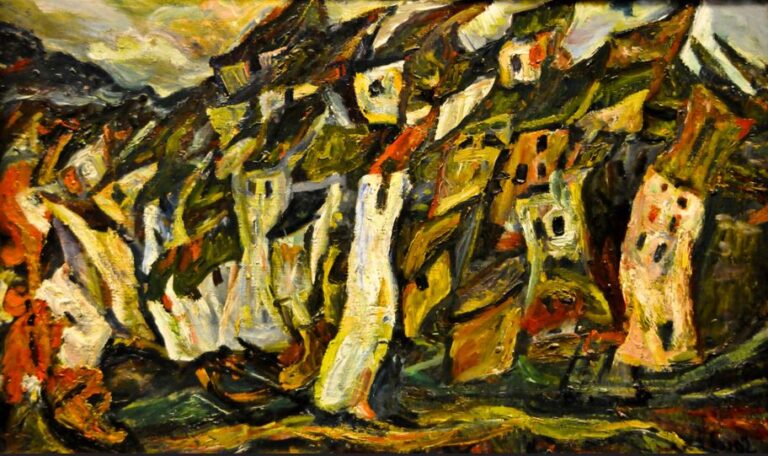Anna Ancher: Painter Who Pioneered Danish Modern Art Movement
Born: 18 August 1859, Skagen, Denmark
Death: 15 April 1935, Skagen, Denmark
Art Movement: Impressionism
Nationality: Danish
Teacher: Pierre Puvis de Chavannes
Institution: Vilhelm Kyhn College of Painting
Anna Ancher: Painter Who Pioneered Danish Modern Art Movement
Biography and Early Influence
Anna Ancher was born Anna Kirstine Brøndum on August 18, 1859, in Skagen, Denmark. She grew up in the northernmost town of Jutland. This remote coastal location would profoundly shape her artistic vision.
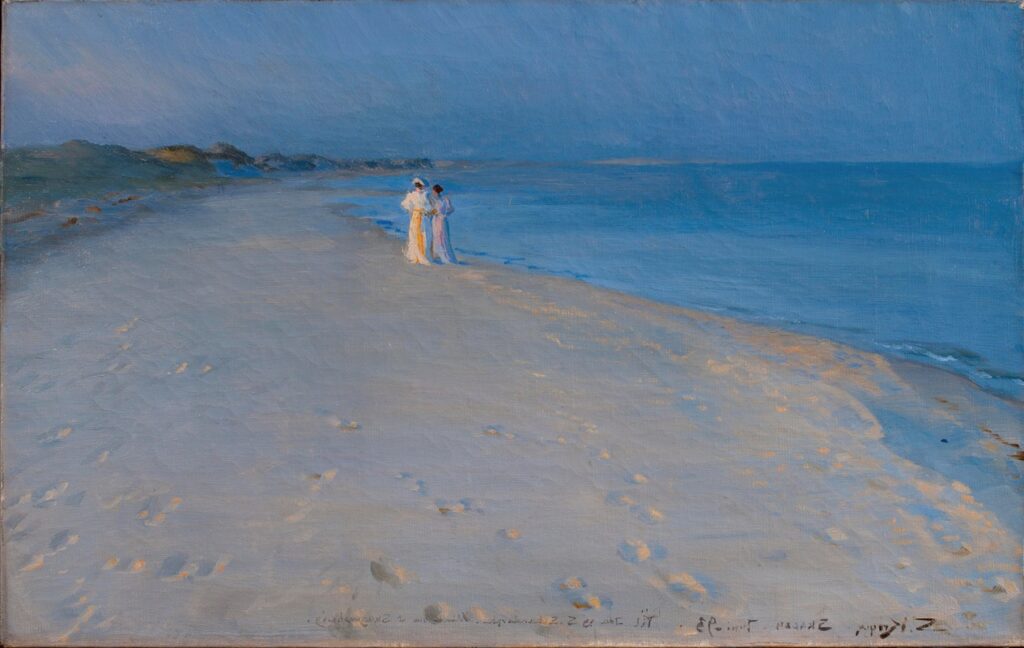
Summer Evening at the South Beach, Skagen. Anna Ancher and Marie Krøyer (Study), 1893
Unlike many women of her era, Ancher received formal artistic training. She studied at Vilhelm Kyhn’s painting school for women in Copenhagen. Later, she expanded her horizons with visits to Paris, absorbing the innovative artistic movements of the time.
In 1880, Anna married fellow artist Michael Ancher. Their home became a central gathering place for the Skagen Painters collective. This group was drawn to the unique quality of light and the authentic fishing community in Skagen.
While influenced by her husband and the other Skagen artists, Anna developed her own distinctive style. She became particularly known for her masterful depiction of interior spaces and the way light played within them.
Her work blended elements of Impressionism and Realism, creating a unique artistic voice. Her paintings often featured local people in domestic settings, capturing moments of everyday life with remarkable sensitivity.
In 1924, Anna received the prestigious Tagea Brandt Rejselegat award, recognizing her significant contributions to Danish art. This honor highlighted her importance as one of Denmark’s most accomplished female painters.
Artistic Style and Contributions
Anna Ancher developed a distinctive artistic approach characterized by her masterful use of light, vibrant color palette, and focus on everyday subjects. Her technical skill and artistic vision established her as one of Denmark’s most significant painters and a standout member of the Skagen Painters colony.
Emphasis on Light and Color
Anna Ancher’s exceptional talent as a colorist set her apart from her contemporaries. She boldly embraced intense colors including bright yellows, pinks, and purples at a time when such choices were unconventional. This courage to be different became a hallmark of her work.
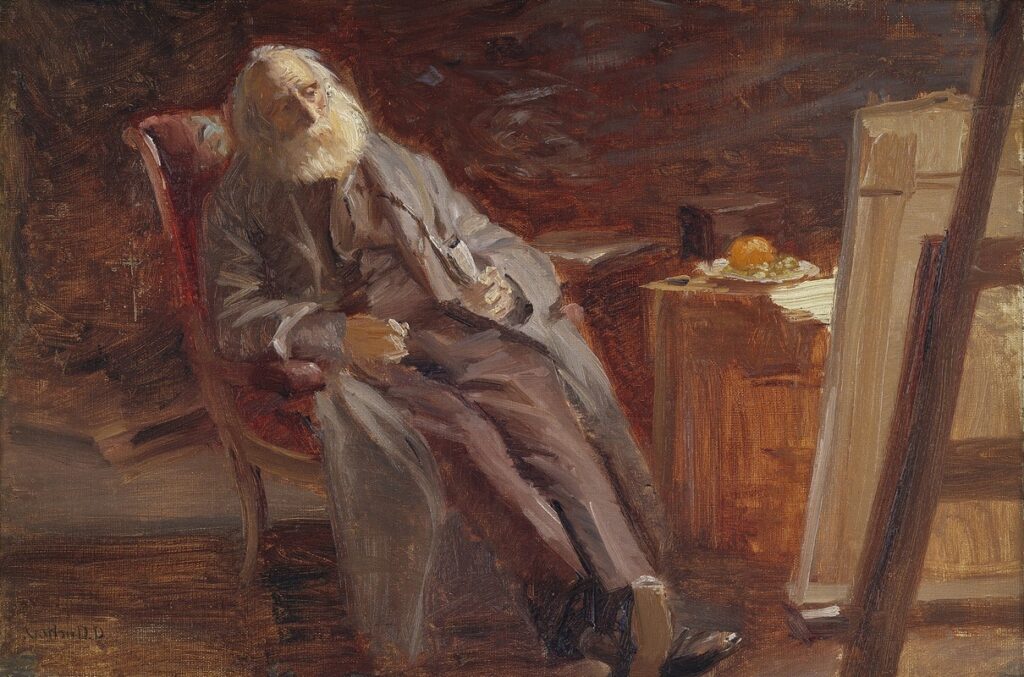
The Painter Vilhelm Kyhn Smoking his Pipe, 1903
Sunlight was central to Ancher’s paintings. She studied how natural light filtered through windows, creating dramatic effects as it illuminated interior spaces. Her remarkable ability to capture the subtle interplay of light and shadow revealed her deep understanding of color theory.
Critics specifically praised Ancher’s distinctive use of blue tones and her technique of applying colors in small, concentrated areas to create visual impact. Her approach blended elements of both Naturalism and Impressionism while maintaining her unique artistic voice.
Depiction of Everyday Life
Ancher focused primarily on painting the ordinary moments of Danish coastal life. She portrayed fishermen, women, and children engaged in daily activities rather than dramatic or romanticized scenes.
Her interior paintings showed particular sensitivity to domestic spaces and the people inhabiting them. These works often featured local people in simple settings like kitchens, living rooms, or workspaces. The quiet dignity she brought to these scenes elevated everyday subjects to artistic significance.
Unlike many of her contemporaries who focused on landscapes, Ancher specialized in character studies. She portrayed her subjects with psychological depth and authenticity, avoiding sentimentality or artifice. This approach reflected her genuine connection to the community she depicted.
Role in the Skagen Painters Colony
As an integral figure in the Skagen Painters colony, Ancher brought a unique perspective as both a woman artist and a native of Skagen. Unlike the male artists who visited seasonally, her permanent residence gave her intimate knowledge of local life and customs.
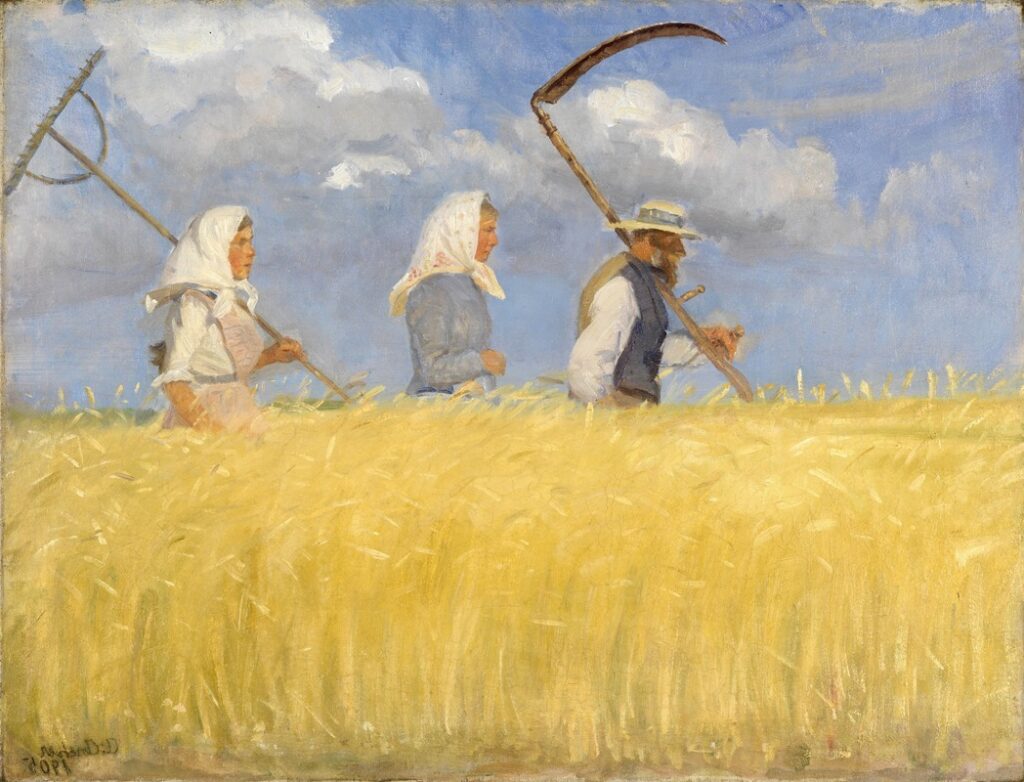
Harvesters, 1905, by Anna Ancher
Her work received recognition from contemporary critics who singled out her paintings for their artistic merit. This acknowledgment was significant in an era when women artists rarely received equal consideration alongside their male counterparts.
Ancher’s contributions helped establish the Skagen Painters’ reputation for capturing the distinctive Nordic light and culture. Her meditative interior scenes complemented the group’s broader artistic vision while maintaining her independent artistic identity.
Her legacy continues to influence Danish and Nordic art, with her paintings celebrated for their artistic quality rather than viewed through the limiting lens of gender.
Legacy and Recognition
Anna Ancher’s impact on Danish art extends well beyond her lifetime. Her pioneering work as a female artist in the nineteenth century and her unique artistic vision have earned her lasting recognition in art history.
Awards and Honours
Anna Ancher received significant recognition during her lifetime, breaking barriers as a female artist in a male-dominated field. In 1913, she was awarded the Tagea Brandt Rejselegat, a prestigious Danish travel grant specifically designated for women who made notable contributions to science or art. This award acknowledged her significant artistic achievements.
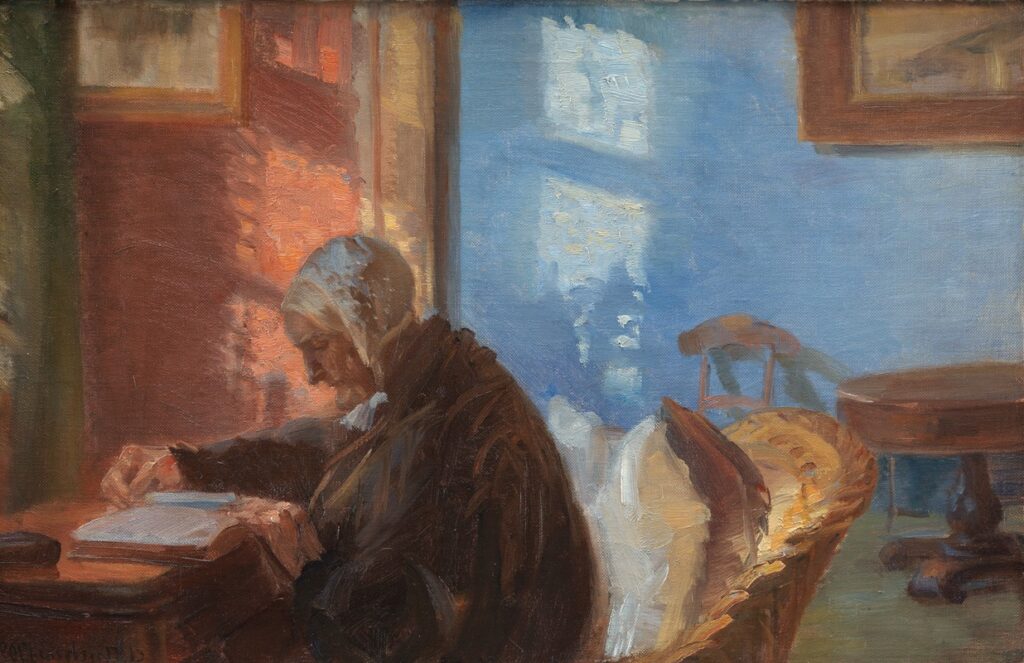
The Artist’s Mother Ane Hedvig Brøndum in the Red Room, 1909
The Danish Royal Academy also recognized her talent, presenting her with the Ingenio et Arti medal in 1932. This royal medal of merit honored her exceptional artistic skill and creativity.
Unlike many female artists of her era, Ancher gained respect and recognition from her male peers within the Skagen artist colony. Her technical skill and unique perspective on light earned her a position of equality among the colony’s members.
Museum and Exhibitions
The Skagens Museum, established in 1908, houses many of Ancher’s most important works. The museum preserves the legacy of the Skagen Painters and dedicates significant space to Ancher’s contributions.
In 2020, the Statens Museum for Kunst in Copenhagen organized “A World Apart: Anna Ancher and the Skagen Art Colony,” a major retrospective of her work. This exhibition highlighted her role as the only professional female artist within the colony.
Her work has been featured in international exhibitions across Europe and America, introducing her paintings to wider audiences. The Anchers’ home in Skagen, where Anna and Michael lived and worked, has been preserved as a museum since 1967.
Anna Ancher on the DKK1000 Bill
In 2004, the Danish National Bank honored Anna Ancher by featuring her portrait on the 1000 Danish kroner bill. This recognition placed her among a select group of cultural figures considered significant enough to appear on national currency.
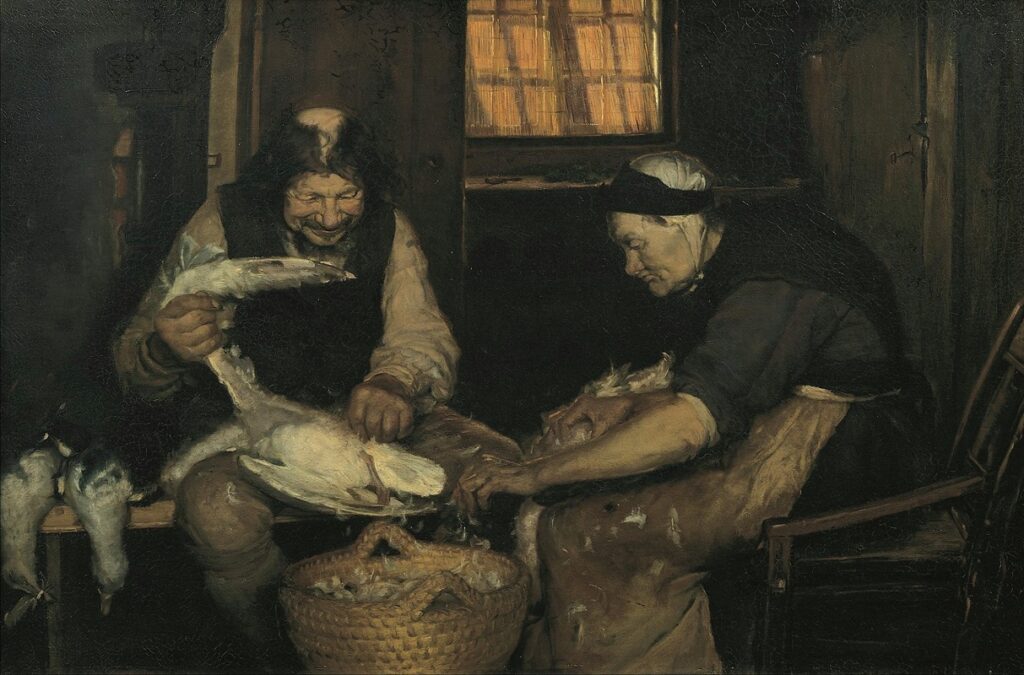
Old Couple Plucking Gulls. Lars Gaihede and Old Lene, circa 1883
The banknote design includes Ancher’s portrait alongside a reproduction of one of her paintings depicting light streaming through a window. This image highlights her mastery of light, the element that distinguished her artistic style.
The selection of a female artist for the currency reflected Denmark’s acknowledgment of women’s contributions to national culture. This honor cemented Ancher’s status as one of Denmark’s most important artists and brought her work to the attention of everyday Danes who might not visit art museums.
Frequently Asked Questions
Anna Ancher’s life and work continue to fascinate art enthusiasts around the world. Her unique perspective as a woman painter in the late 19th century and her distinctive artistic style raise many interesting questions.
What period did Anna Ancher primarily contribute to in art history?
Anna Ancher (1859-1935) primarily contributed to the Impressionist and Realist movements of the late 19th and early 20th centuries. She was an integral member of the Skagen Painters, an artists’ colony that flourished in Denmark from the 1870s through the early 1900s.
As the only Skagen Painter born in the town itself, she brought a unique insider’s perspective to the artistic colony. Her work spans from the 1880s through the 1920s, capturing Danish domestic life during this transformative period.
What are some of Anna Ancher’s most notable works?
Among Anna Ancher’s most celebrated works is “Sunlight in the Blue Room” (1891), which showcases her masterful handling of light and color. “The Kitchen Maid” is another significant painting that demonstrates her interest in depicting working women and domestic scenes.
“A Funeral” (1891) captures the solemnity of Danish rural life and customs. Her portraits, including several self-portraits and paintings of her mother, reveal her skill in depicting psychological depth.
“Harvesters” and “Girl in the Kitchen” further highlight her talent for portraying everyday life with dignity and artistic sensitivity.
How did Anna Ancher impact female representation in the painting profession?
Anna Ancher broke significant barriers for women artists during a time when few were professionally recognized. Unlike many female artists of her era, she received formal training and achieved recognition during her lifetime.
She challenged conventions by pursuing a professional career while also fulfilling traditional roles as wife and mother. Her success created pathways for future generations of women painters in Denmark and beyond.
Ancher’s work often centered on women’s experiences and domestic spaces, bringing dignity and artistic value to subjects traditionally overlooked in fine art.
In which museum collections can one find Anna Ancher’s paintings displayed?
The Skagens Museum in Denmark houses the largest collection of Anna Ancher’s works, appropriately located in her hometown. The National Gallery of Denmark (Statens Museum for Kunst) in Copenhagen also displays significant pieces by the artist.
Several of her paintings can be found at the Hirschsprung Collection in Copenhagen. Internationally, her work appears in collections at the Nationalmuseum in Stockholm, Sweden.
Occasionally, her paintings are included in traveling exhibitions about Nordic art or women artists, allowing broader international audiences to experience her work.
How did the Skagen Painters’ colony influence Anna Ancher’s artistic style?
The Skagen Painters’ colony provided Anna Ancher with a supportive artistic community and exposure to international art trends. Through this community, she encountered plein air painting techniques and impressionist approaches that influenced her style.
Her marriage to fellow Skagen painter Michael Ancher further embedded her in this artistic movement. Unlike other colony members who were visitors, her lifelong residence in Skagen gave her art an authentic connection to local life.
The distinctive northern light of Skagen became a central element in her work, something she captured with remarkable sensitivity and skill.
Can you describe the characteristic techniques and themes present in Anna Ancher’s artwork?
Anna Ancher’s work is distinguished by her masterful depiction of light. She used vibrant colors and bold brushwork. Sometimes, she applied paint with a palette knife for texture and emphasis.
Her subject matter typically focused on domestic interiors, everyday tasks, and the lives of local people in Skagen. She brought artistic dignity to ordinary moments—women sewing, cooking, or reading.
Unlike many contemporaries who painted idealized rural scenes, Ancher’s work conveys authentic glimpses of Danish domestic life. Her work also shows psychological depth and sensitivity to human emotion.

